Full text
PDF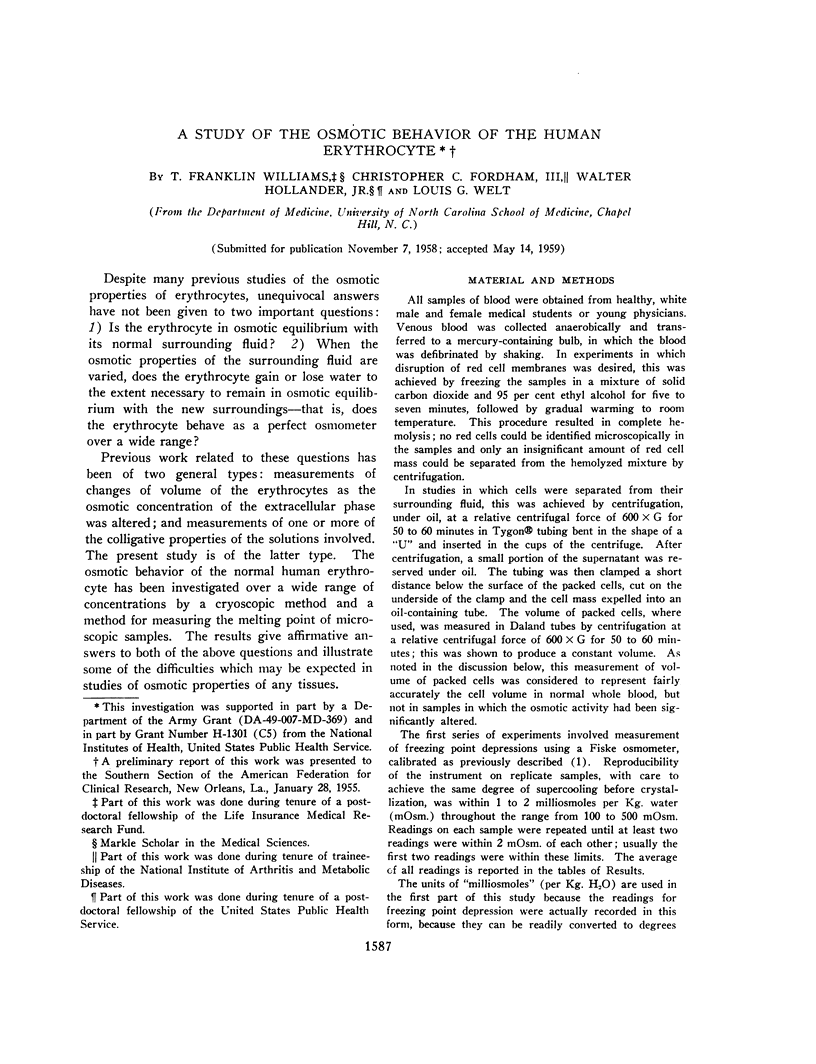
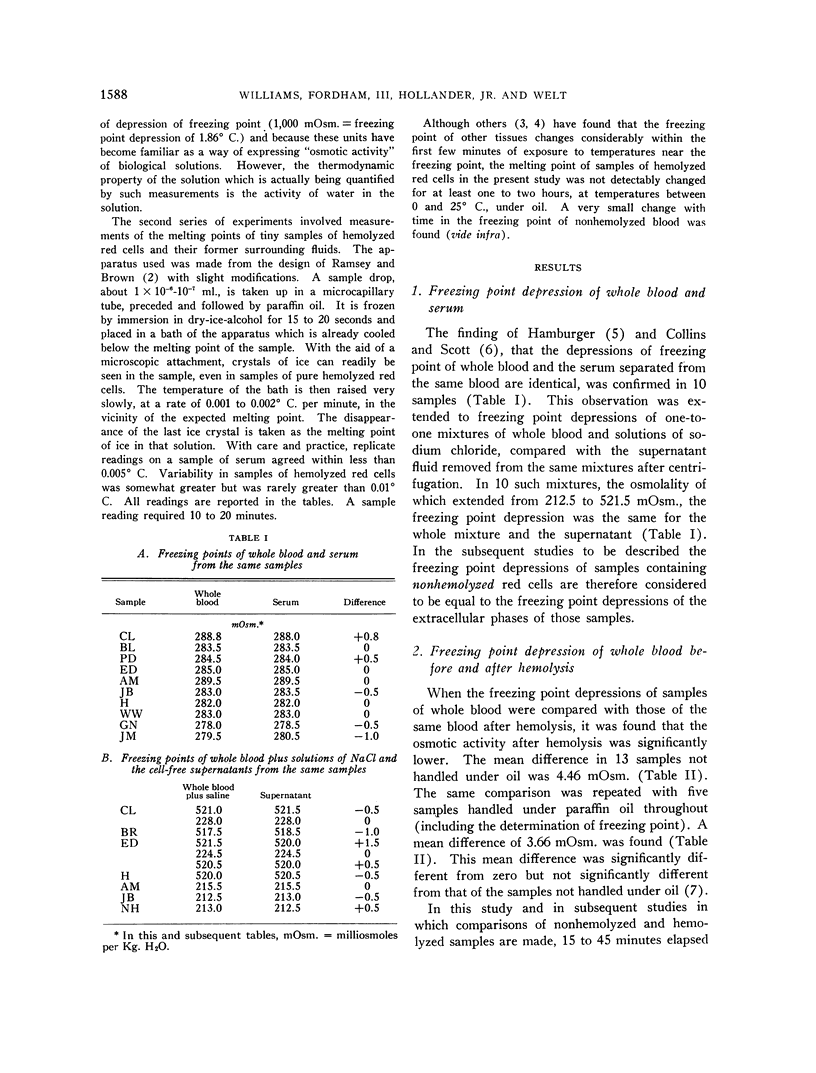
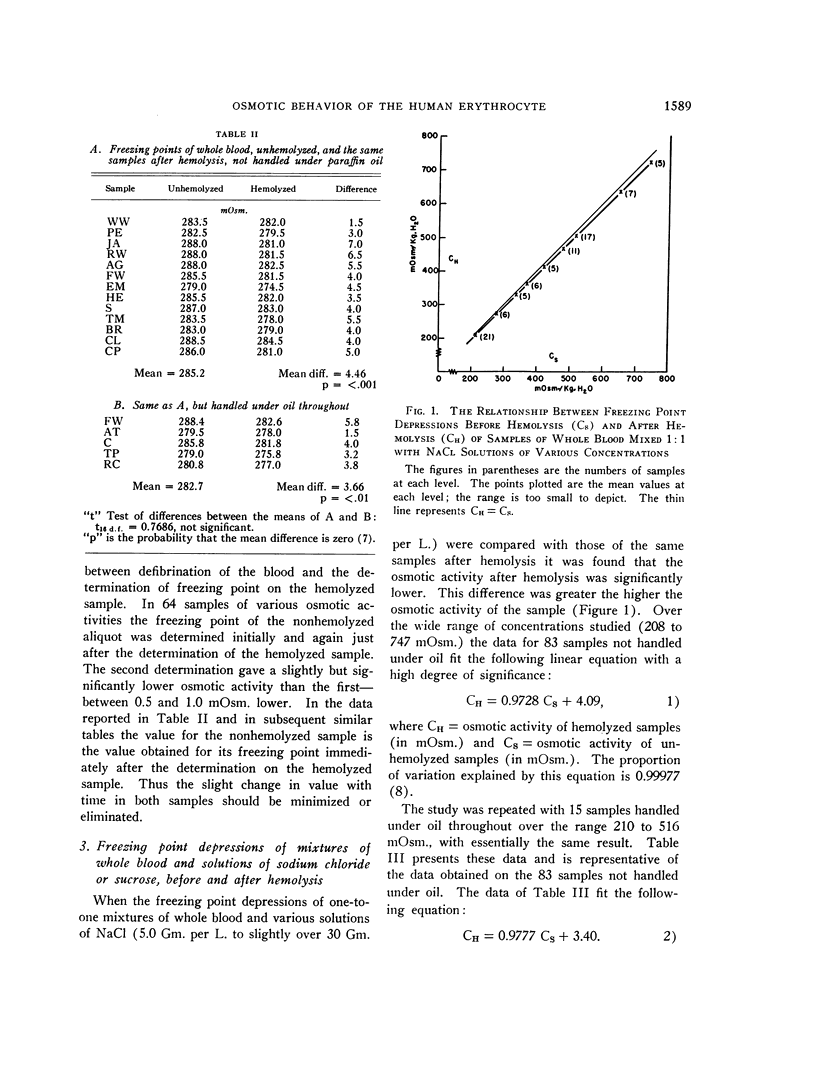
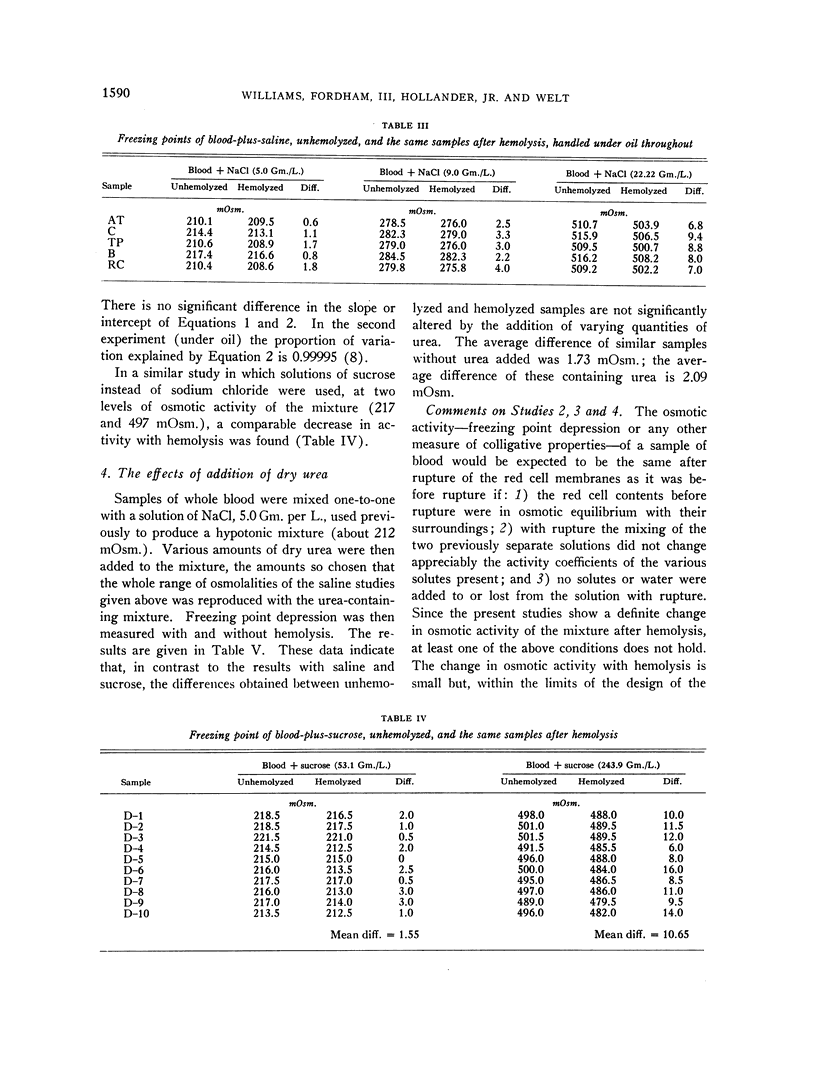
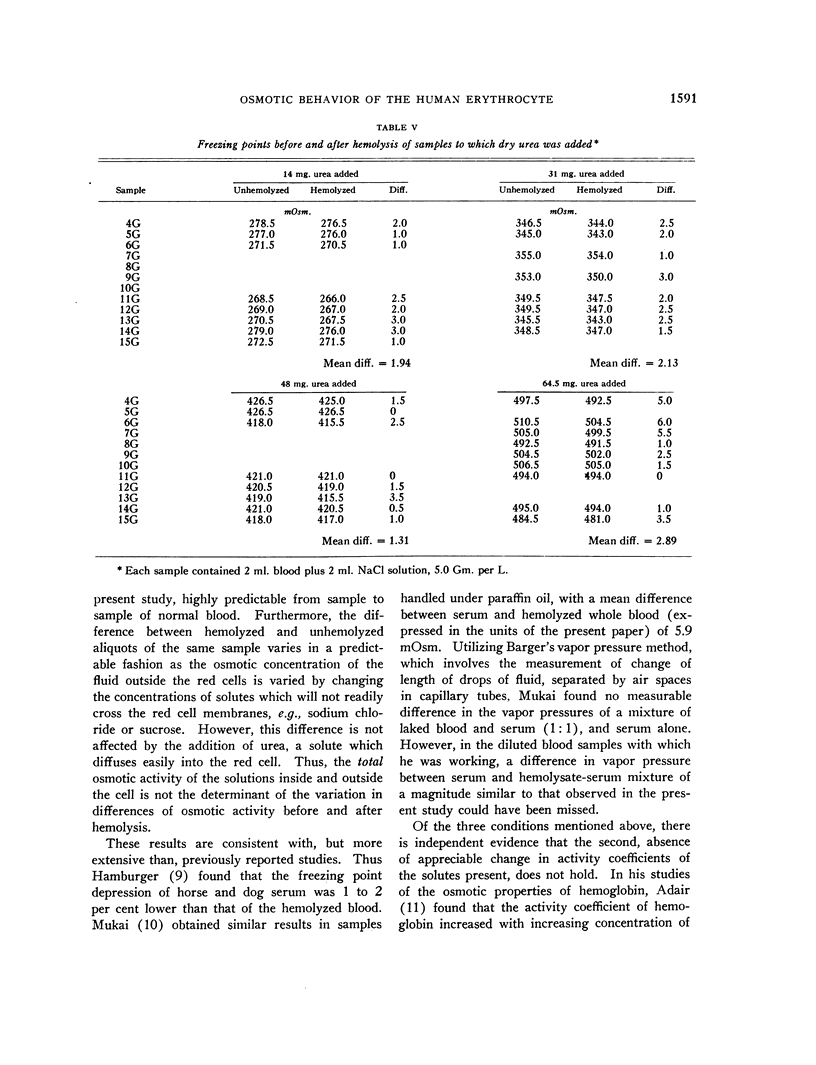
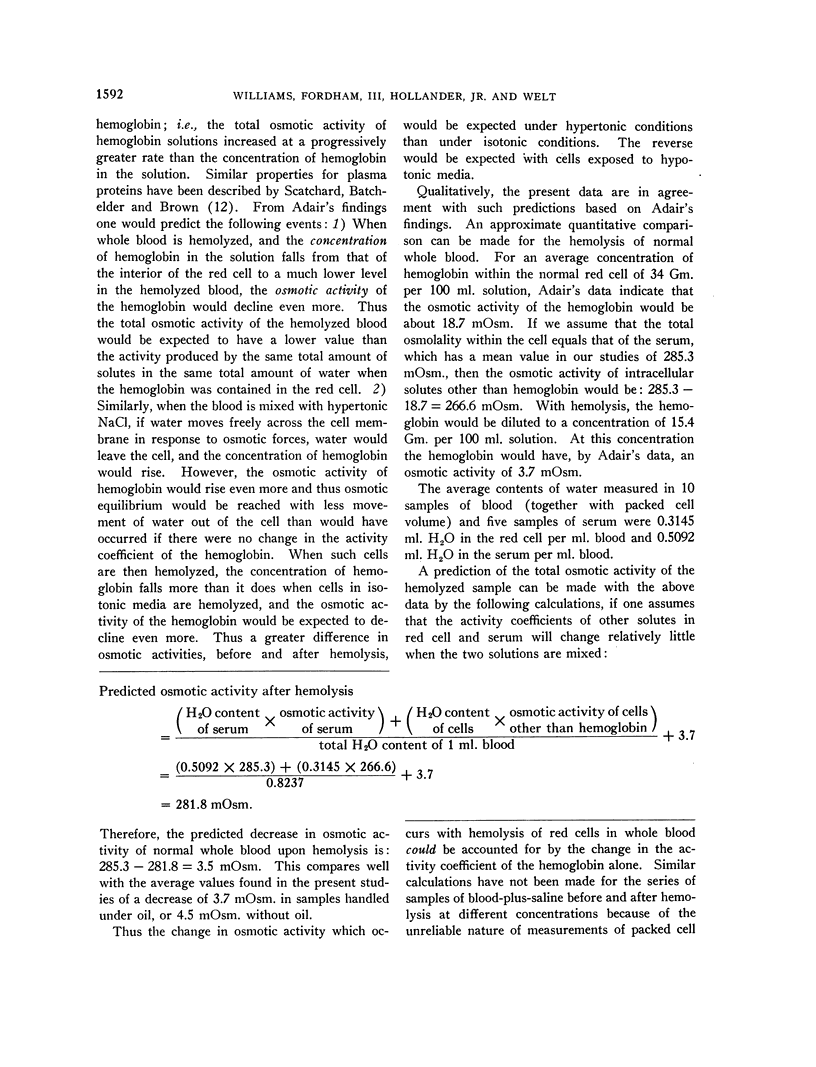

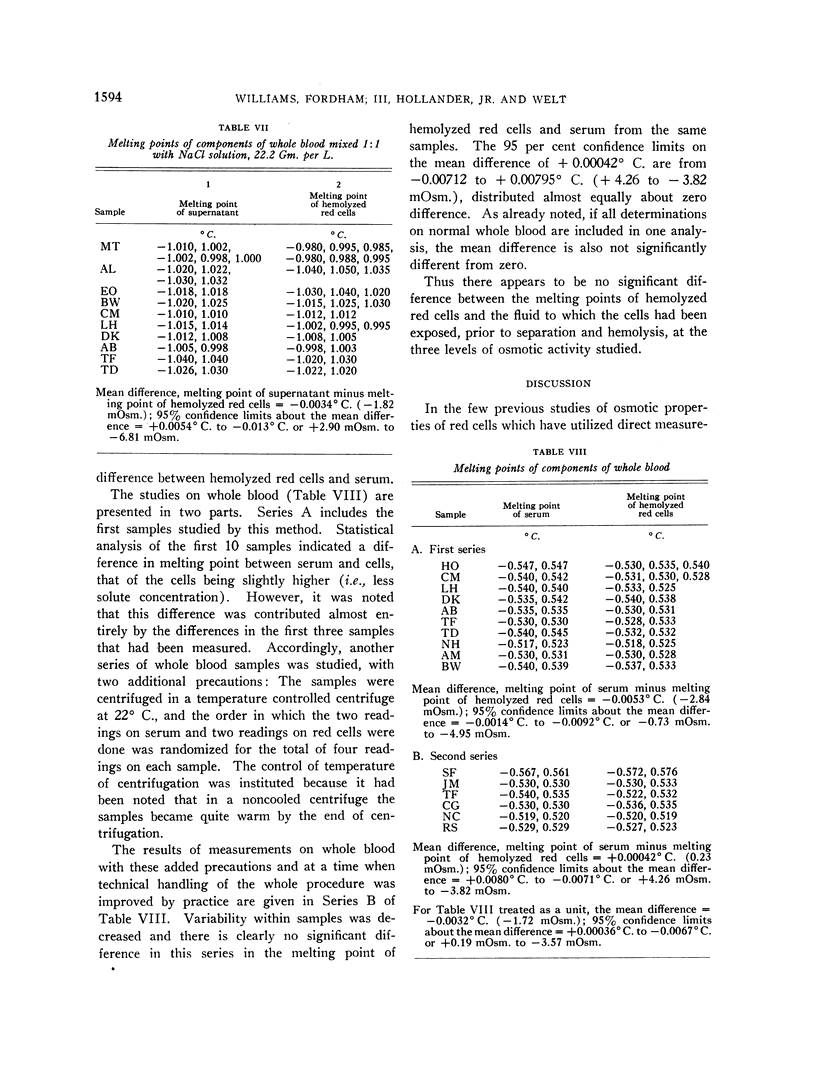
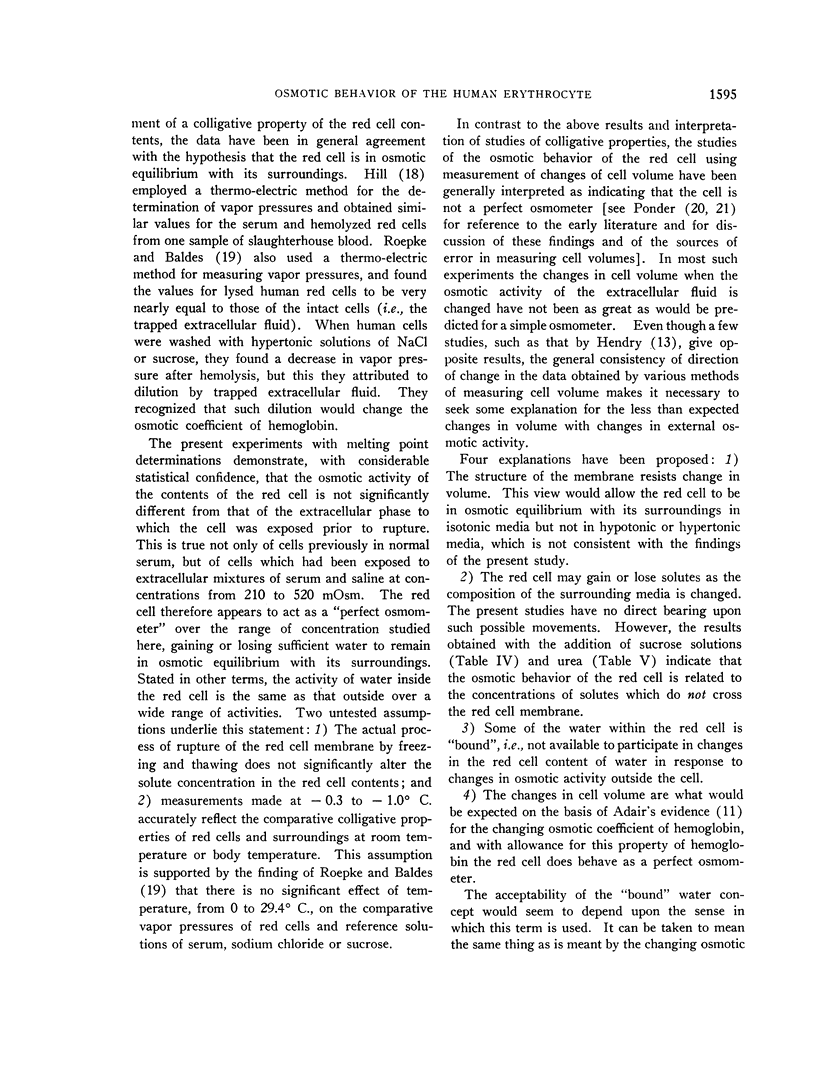
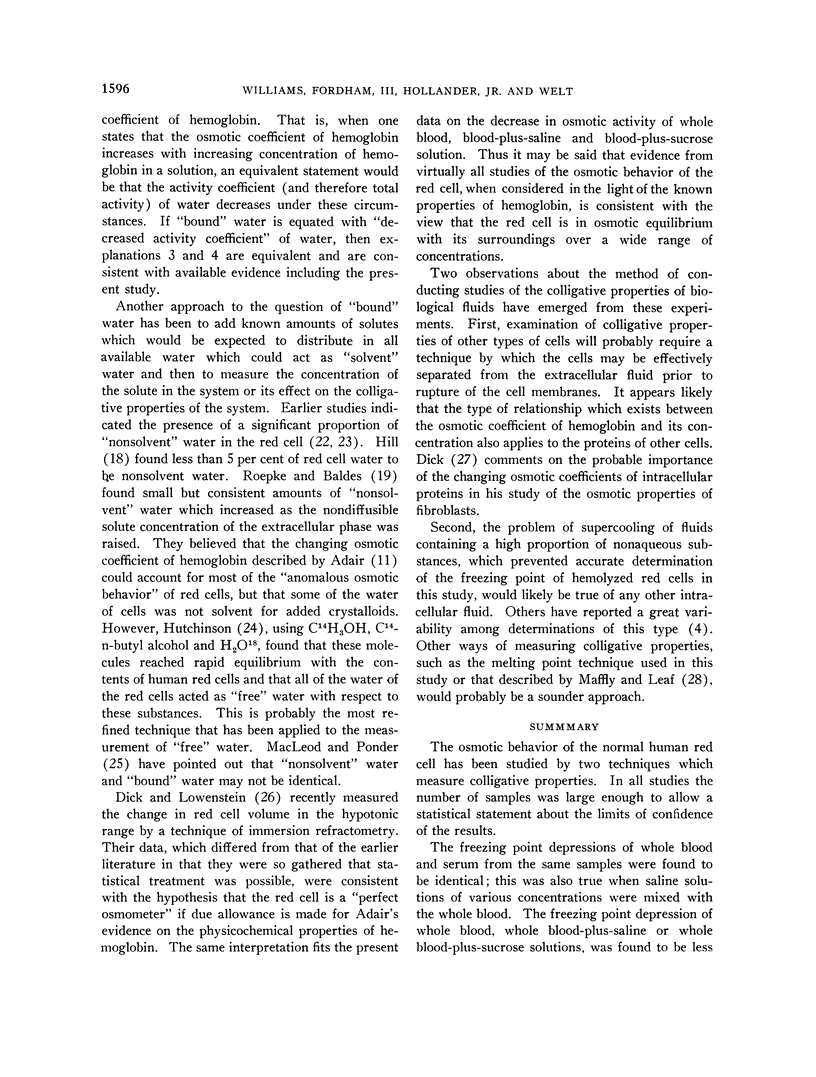
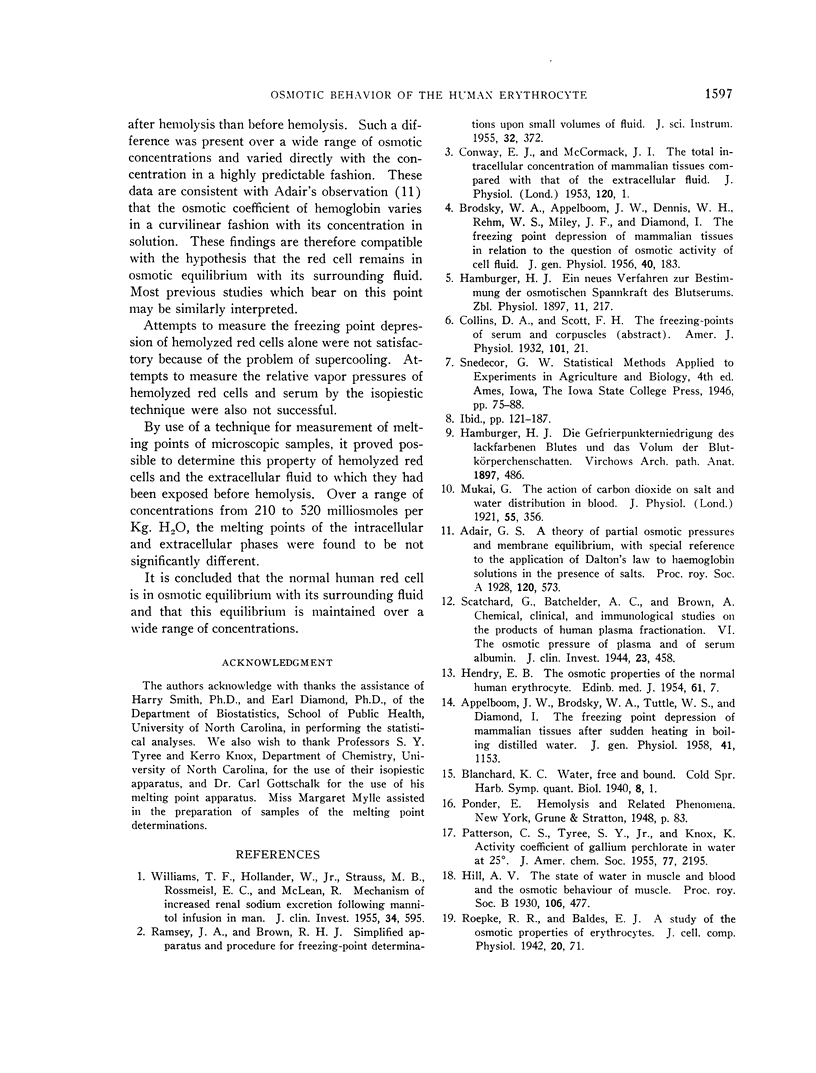
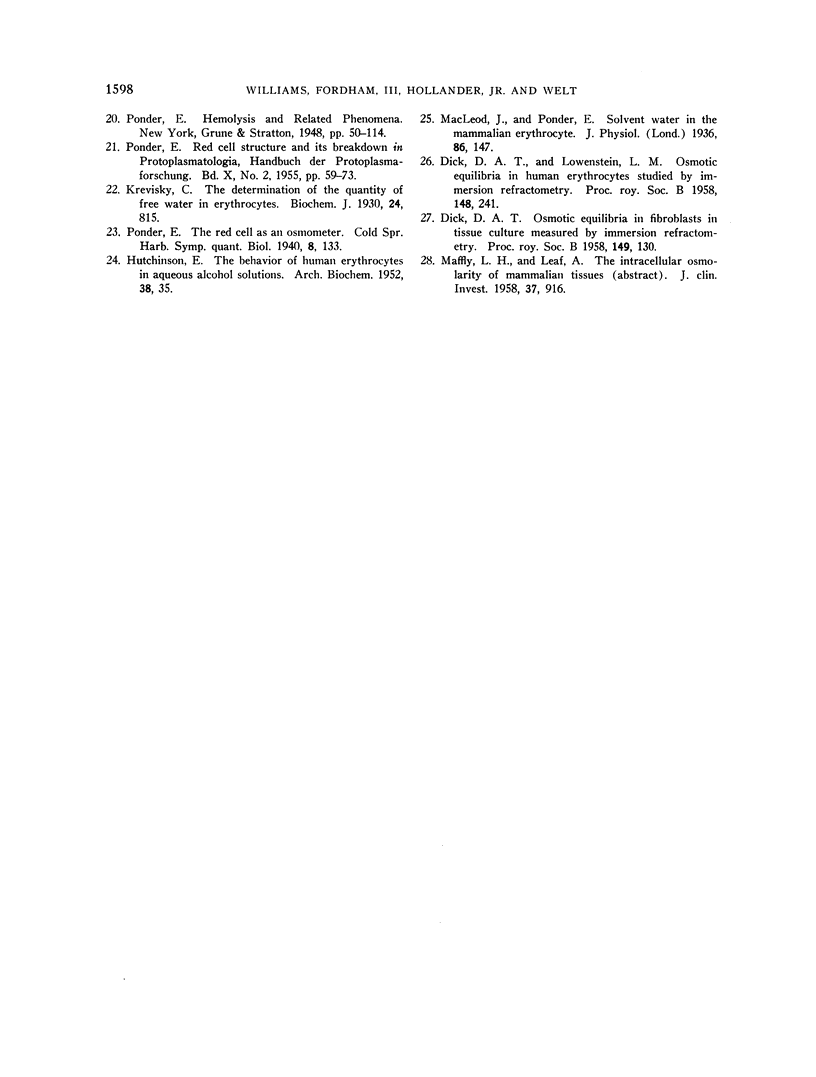
Selected References
These references are in PubMed. This may not be the complete list of references from this article.
- APPELBOOM J. W., BRODSKY W. A., DENNIS W. H., DIAMOND I., MILEY J. F., REHM W. S. The freezing point depression of mammalian tissues in relation to the question of osmotic activity of cell fluid. J Gen Physiol. 1956 Nov 20;40(2):183–199. doi: 10.1085/jgp.40.2.183. [DOI] [PMC free article] [PubMed] [Google Scholar]
- APPELBOOM J. W., BRODSKY W. A., TUTTLE W. S., DIAMOND I. The freezing point depression of mammalian tissues after sudden heating in boiling distilled water. J Gen Physiol. 1958 Jul 20;41(6):1153–1169. doi: 10.1085/jgp.41.6.1153. [DOI] [PMC free article] [PubMed] [Google Scholar]
- CONWAY E. J., MCCORMACK J. I. The total intracellular concentration of mammalian tissues compared with that of the extra-cellular fluid. J Physiol. 1953 Apr 28;120(1-2):1–14. doi: 10.1113/jphysiol.1953.sp004867. [DOI] [PMC free article] [PubMed] [Google Scholar]
- DICK D. A., LOWENSTEIN L. M. Osmotic equilibria in human erythrocytes studied by immersion refractometry. Proc R Soc Lond B Biol Sci. 1958 Feb 18;148(931):241–256. doi: 10.1098/rspb.1958.0016. [DOI] [PubMed] [Google Scholar]
- DICK D. A. Osmotic equilibria in fibroblasts in tissue culture measured by immersion refractometry. Proc R Soc Lond B Biol Sci. 1958 Jul 1;149(934):130–143. doi: 10.1098/rspb.1958.0057. [DOI] [PubMed] [Google Scholar]
- HENDRY E. B. The osmotic properties of the normal human erythrocyte. Edinb Med J. 1954 Jan;61(1):7–24. [PMC free article] [PubMed] [Google Scholar]
- HUTCHINSON E. The behavior of human erythrocytes in aqueous alcohol solutions. Arch Biochem Biophys. 1952 Jul;38:35–41. doi: 10.1016/0003-9861(52)90006-4. [DOI] [PubMed] [Google Scholar]
- Krevisky C. The determination of the quantity of free water in erythrocytes. Biochem J. 1930;24(3):815–819. doi: 10.1042/bj0240815. [DOI] [PMC free article] [PubMed] [Google Scholar]
- Macleod J., Ponder E. Solvent water in the mammalian erythrocyte. J Physiol. 1936 Feb 8;86(2):147–152. doi: 10.1113/jphysiol.1936.sp003349. [DOI] [PMC free article] [PubMed] [Google Scholar]
- Mukai G. The action of carbon dioxide on salt and water distribution in blood. J Physiol. 1921 Nov 18;55(5-6):356–370. doi: 10.1113/jphysiol.1921.sp001981. [DOI] [PMC free article] [PubMed] [Google Scholar]
- Scatchard G., Batchelder A. C., Brown A. CHEMICAL, CLINICAL, AND IMMUNOLOGICAL STUDIES ON THE PRODUCTS OF HUMAN PLASMA FRACTIONATION. VI. THE OSMOTIC PRESSURE OF PLASMA AND OF SERUM ALBUMIN. J Clin Invest. 1944 Jul;23(4):458–464. doi: 10.1172/JCI101513. [DOI] [PMC free article] [PubMed] [Google Scholar]
- WILLIAMS T. F., HOLLANDER W., Jr, STRAUSS M. B., ROSSMEISL E. C., McLEAN R. Mechanism of increased renal sodium excretion following mannitol infusion in man. J Clin Invest. 1955 Apr;34(4):595–601. doi: 10.1172/JCI103108. [DOI] [PMC free article] [PubMed] [Google Scholar]


